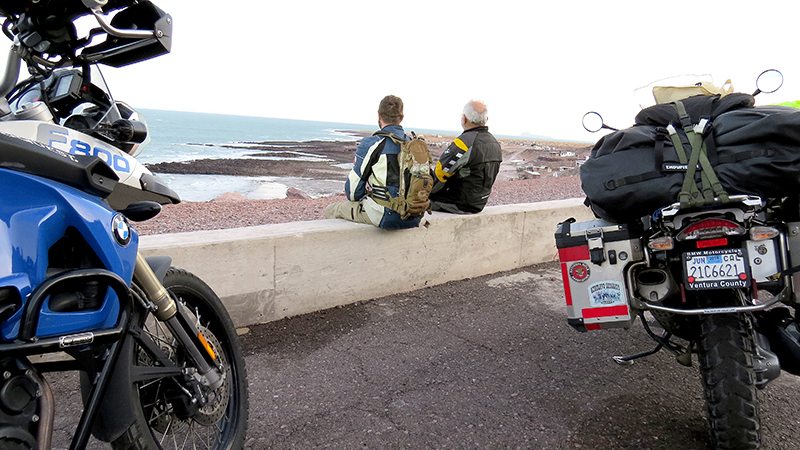
Having completed a long tour, everyone asks me: “Where ‘ya going next?” After reading a newspaper story one Saturday morning about fish tacos in Baja, and an hour later meeting two riders that were returning from the peninsula, my answer to that constant question was now resolutely forged into: “Baja!”
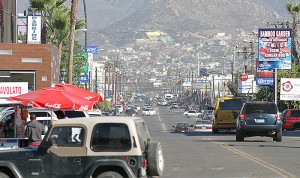
After a couple of emails, my pal from Canada arrived at Los Angeles International Airport ready for a mid-winter ride in a warmer climate. He rented a BMW F 800 GS from the folks at MotoQuest in Long Beach, with the mandate that he would be responsible for any damage not covered by the required Mexican insurance. U.S. insurance is not valid in Mexico; a tourist card is needed if you are there more than a week or travel to southern Baja; passports are required; and, if you go to mainland Mexico, a bond for your bike must be obtained. AAA has excellent maps of Baja and current information.
Departing Los Angeles after lunch, we powered down the freeways to San Diego, where we switched to scenic and curvy Route 94. It was dusk when we hit the border at Tecate, our choice to avoid the traffic at Tijuana or Mexicali. We also learned that motorcycles can split lanes up to the guard booths on both sides of the border.
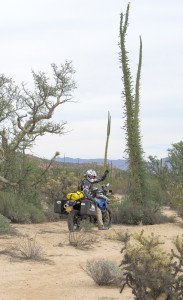
The legend when entering Mexico: 1) Don’t stop for the first 50 miles, and 2) Don’t ride at night. We uneventfully broke both of those rules as soon as we crossed the border. It had been decades since I had ridden in Baja, and although things are more congested around the border, not a lot has changed. The traffic is intense and not a place for the timid in evening rush hour traffic. We set a GPS course to a hotel in Ensenada and headed south through poorly marked Tecate to Route 3. I kept a super keen eye on the dark road and made a note to return during daylight to view the vineyards and wine tasting restaurants along the highway.
Our first night in Ensenada and the rate was reasonable—$55 for a room with two beds and a secure courtyard for our bikes. Ensenada is a blizzard of sights, tastes and sounds. We explored the tourist zone surrounding our hotel and had fish tacos at a bar filled with locals. The tacos and the guacamole were awesome. In fact, this local bar food blew away our best Los Angeles baseline taco.
The next morning, we walked among the colorful vendor carts and shops hugging the harbor. Just seeing the variety of fresh seafood at the fish market was worth the trip. With several taco stalls surrounding the market, we brunched on amazingly tasty fish tacos with selections of fresh condiments and salsas.
Leaving Ensenada midday, we continued along picturesque Route 3 to San Filipe. The ribbon of blacktop follows old cart trails and can be treacherous if you don’t exercise caution on the blind curves. During our week, we were stopped at a total of five military checkpoints, no doubt for intercepting guns or drugs. We were uneventfully waived through after relating where we had been and where we were going. Approaching San Filipe, we stopped at Pete’s Camp to set up our tents on the beach. The only others there were four motorcyclists from Mexico City, whom we joined for dinner, and promptly became friends.
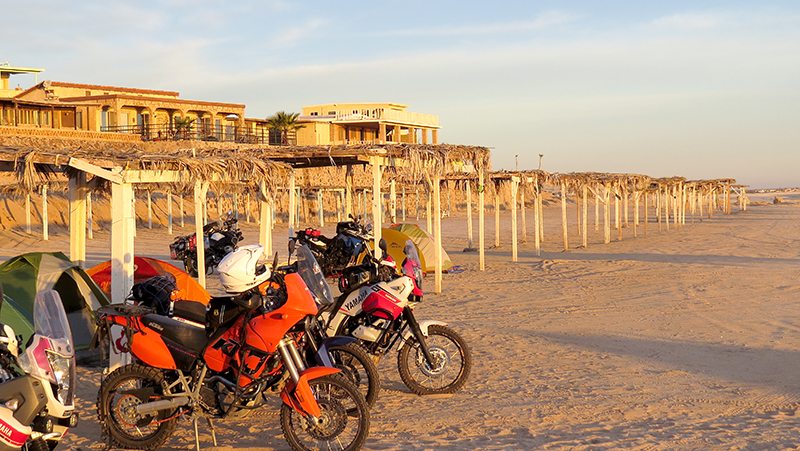
The second day, we went into San Filipe and had—what else?—fish tacos from a stand adjacent to the Bar Miramar. Having a brew and freshly prepared fish tacos overlooking the bay on a warm sunny day is a motorcyclists’ destination dream. We later met the owner of Pete’s Camp. He gave us travel tips for our route south and the return back on Baja’s west coast. He lamented the drastic decline in Baja tourism due to the happenings on the mainland and reiterated how safe the area was. Baja thrives on tourism and especially the off-road races. It is an inexpensive motorcyclist’s paradise, even more so if you’re a dual-sport rider. For dinner, we bought a kilo of fresh shrimp for $18 and boiled them to perfection at our beach camp.
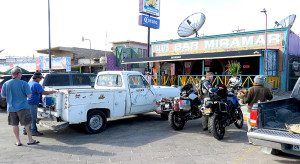
Our next stop was Gonzaga Bay, the route there from San Filipe is now paved, except the last couple of miles. The bay is beautiful and unspoiled. Make sure Alfonsina’s is open before you head there as it’s about the only hotel—which also had the best fish tacos of our trip. Wicking it up the next morning on the rock-encrusted dirt road south to Route 1, I imagined the thrill of being a Baja 1000 entrant.
Arriving late afternoon at the Bay of Los Angeles, we saw our friends from Pete’s Camp, along with four more of their friends. The 10 of us were about the only folks in town and we rented five hotel rooms for $27 each. More meals and brews together made for an unforgettable evening and breakfast. Riding up Route 1 along the coast in the morning, we frequently stopped for photos and to enjoy the view. Reaching El Rosario, we stayed the night at a Baja landmark: Mama Espinoza’s, a motel and restaurant as well as a checkpoint for every Baja 1000 ever run. Her lobster burritos are unbeatable.
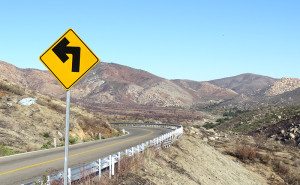
Arriving the next day back in Ensenada, we partied until late night at the legendary Hussong’s Cantina along with two Harley riders from Guadalajara that we met near El Rosario. Our trip back home the following day was along Route 3, which now, happily, was in daylight. Stopping for brunch in Valle De Guadalupe rewarded us with more awesome fish tacos and fresh handmade tortillas.
Baja was a delight. Speaking some Spanish helps, but is optional. The folks were friendly and welcomed us. We never felt anything unsafe, had great riding and promised ourselves to return again soon, and, of course, savor more Baja fish tacos.
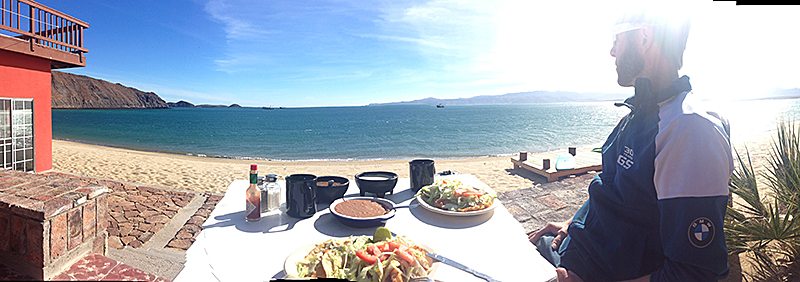

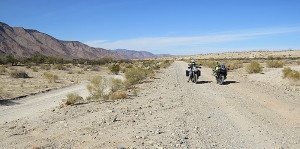
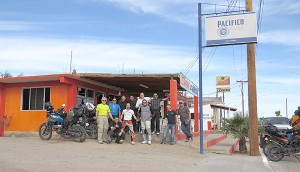
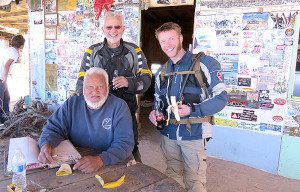
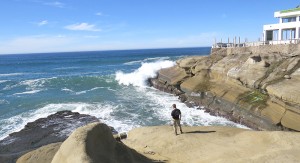







Great Ride,
I love that you found Mexico to be safe and fun. I have heard nothing but negative feedback from others, its refreshing to hear something positive.
I would really like to take that ride soon.
Brent Frank
Central Cali.
Great ride report Steve. Love it, there’s nothing like the friendly and hospitable people of BAJA CA…